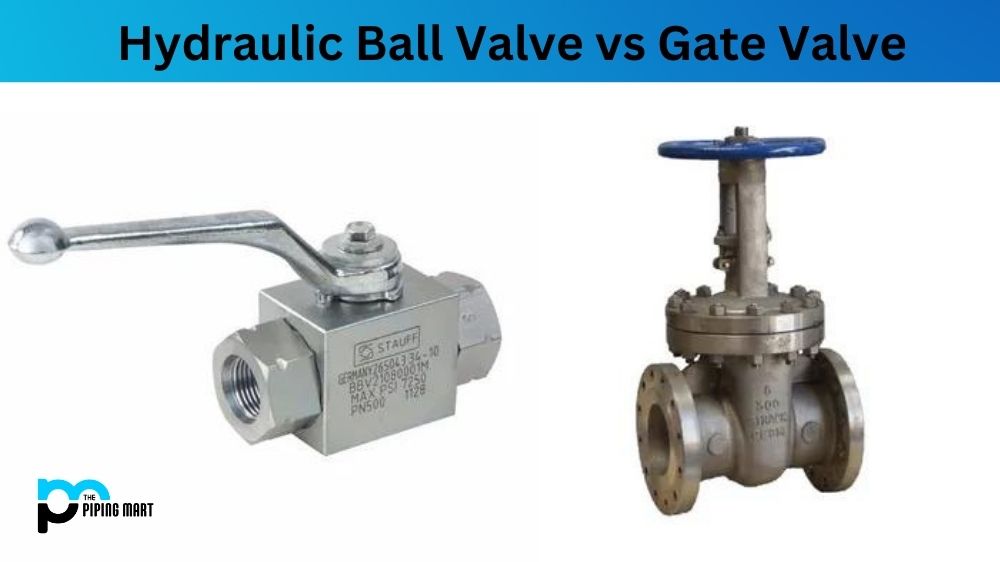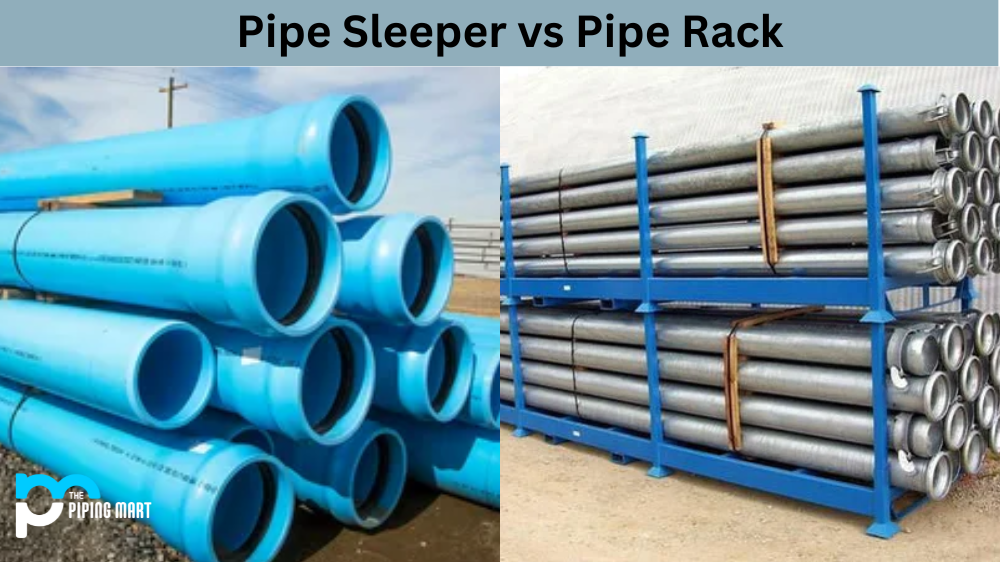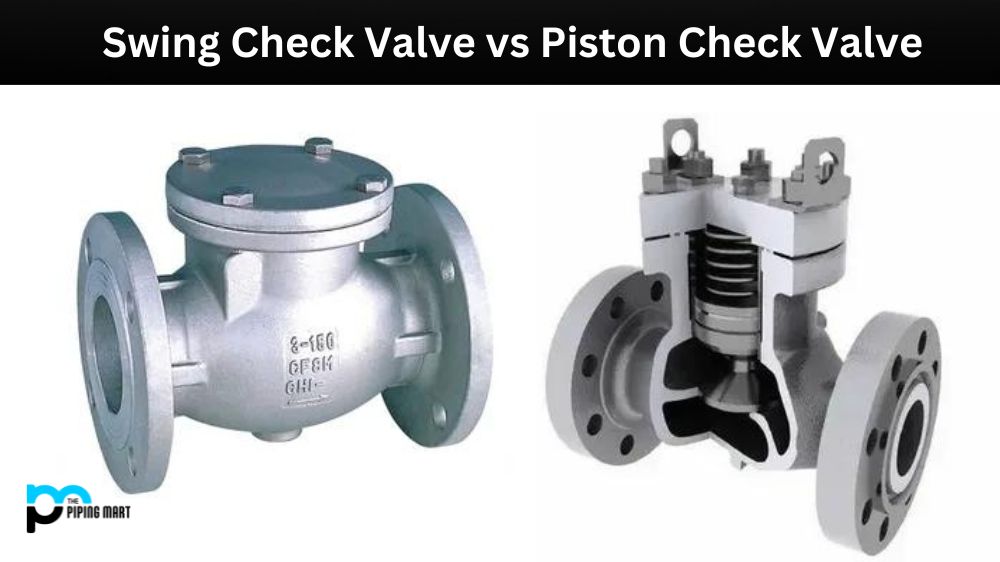When controlling the flow of fluids in hydraulic systems, two types of valves that come to mind are hydraulic ball valves and gate valves. While both these valves can control and regulate the flow of fluids, there are differences between the two. In this blog post, we’ll delve into the basics of hydraulic ball and gate valves, the differences between the two, and when to use each.
What is Hydraulic Ball Valve?
A hydraulic ball valve is a control valve that uses a hollow, perforated and pivoting ball to regulate the flow of liquids or gases. It consists of an opening at each end for an inlet and outlet, and the pivoting ball has one or more holes, allowing for controlled flow when operated from a hydraulic actuator. Controlling the pressure on both sides of the ball can regulate the volume or pressure in a system.
What is Gate Valve?
A gate valve is a type of valve that uses a wedge or disk-shaped gate to control the flow of liquids and gases. It opens when the pressure from the upstream side overcomes any back pressure from the downstream side, allowing fluid or gas to pass through. When closed, it prevents flow in either direction. Gate valves are designed with tight seals and can regulate pressure or shut off completely.
Difference Between Hydraulic Ball Valve and Gate Valve
Construction:
Hydraulic ball valves have a spherical ball with a hole regulating fluid flow. On the other hand, gate valves have a flat or wedge-shaped gate that is lowered across the flow path to stop fluid flow. The construction difference implies that hydraulic ball valves have fewer moving parts than gate valves, making them less susceptible to wear and tear over time.
Usage:
Hydraulic ball valves are ideal for high-pressure applications because they handle more pressure than gate valves. Additionally, they are great for applications requiring frequent and abrupt flow direction changes. Conversely, gate valves are unsuitable for high-pressure systems but ideal for regulating fluid flow. They have a low-pressure drop and are great for systems that require steady, moderate flows.
Maintenance:
Hydraulic ball valves have fewer moving parts and are easier to maintain. They require lubrication once in a while, and that’s it. Gate valves are comparatively more challenging to maintain and require frequent routine servicing to function optimally.
Size:
Hydraulic ball valves come in smaller sizes than gate valves. Hydraulic ball valves’ compact size makes them an excellent option for applications with limited space. Conversely, gate valves are bulky and are ideal for applications with ample space.
Cost:
Hydraulic ball valves and gate valves come at different prices. Hydraulic ball valves are generally more expensive than gate valves. Still, the cost difference is because hydraulic ball valves can handle higher pressures and are generally more reliable than gate valves.
Conclusion:
In conclusion, hydraulic ball valves and gate valves are used to regulate and control the flow of fluids in hydraulic systems. While the hydraulic ball and gate valves are both valves, they differ in construction, usage, maintenance, size, and cost. Hydraulic ball valves are suitable for high-pressure applications and are ideal for frequent and abrupt changes in flow direction. Conversely, gate valves are great for applications with steady, moderate flows. When selecting between hydraulic ball valves and gate valves, it is essential to know the characteristics that make each valve unique and use that to find the right valve for your hydraulic system.

Meet Bhavesh, a seasoned blogger with a wealth of knowledge and experience. From metal products manufacturing to retail, Bhavesh has a diverse background in various industries and is dedicated to sharing his insights and expertise with readers.




